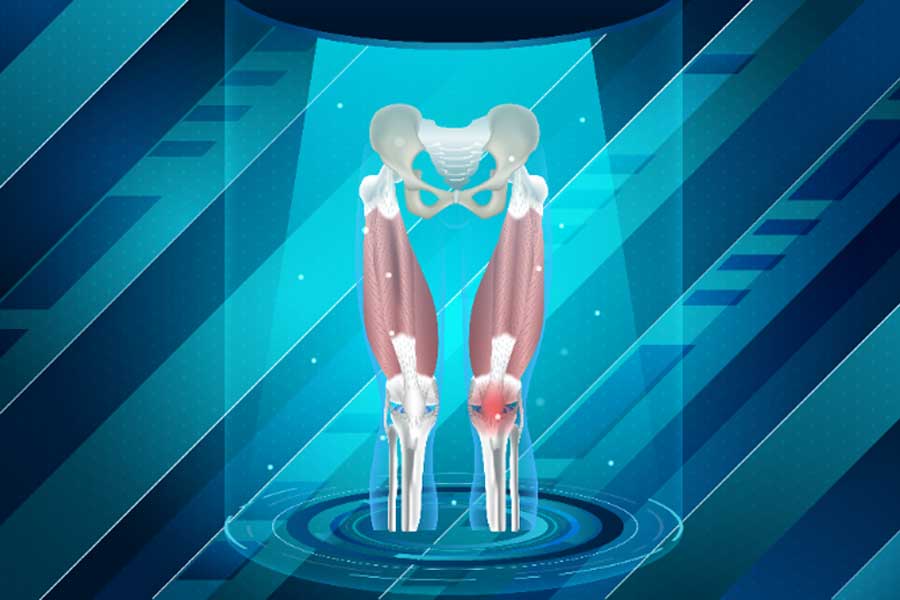- Home
- Posterolateral Corner
Posterolateral Corner
Posterolateral Corner ( PLC )
The posterolateral corner is a complex area of tendons and ligaments around the outside of the knee. Like a Spaghetti Junction of the body, the PLC is a ‘meeting point’ for the fibular collateral ligament, the popliteofibular ligament, the popliteus tendon, the biceps femoris tendon, the iliotobial band and more.
The PLC plays an important role in stabilising the knee. It resists a varus force – so if your knee is trying to go into a bowed position (as it might if you’re changing direction quickly on a ski slope, a netball court or a football or rugby pitch), it’s these ligaments that tighten and prevent the knee overextending.
Injuries to the PLC are common in sport, and often occur in conjunction with damage to the posterior cruciate ligament. So if you’ve injured that ligament, your knee specialist will typically want to consider the potential that you’ve also damaged the corner.

Symptoms of a posterolateral corner injury
The symptoms vary depending on how bad your injury is:
- Pain and swelling at the back and outside of the knee.
- Tenderness over the head of the fibula (outside of the knee).
- Knee instability.
- Hyperextension or over-straightening the knee.
- Walking with the knee continually bent to avoid hyperextension.
Imaging
An MRI is a useful investigation to do to identify all the damaged structures. Failure to recognise and repair other associated injuries (like an ACL sprain or PCL injury) could be a cause of treatment failure
BOOK AN APPOINTMENT
“KNEEO Technique” For Knee Replacements
What is the posterolateral corner?
The posterolateral corner (PLC) consists of the following structures:
- Lateral collateral ligament
- Popliteo-fibula ligament
- Popliteus tendon
- The IT band
- Biceps Femoris tendon
- Peroneal nerve
- Patella retinaculum and lateral fascia
- Patellofemoral ligament
Together these structures help to stabilise the knee joint against backward and external (outward) rotation forces on the knee.
Causes and classifications
Hyperextension (over straightening) of the knee is a common cause of this injury. For example, a force from the front and inside of the knee.
What commonly happens in sports injuries is soft tissue structures are pulled away from their bony attachments. PLC injuries often occur in conjunction with other knee injuries, particularly to the anterior cruciate ligament, posterior cruciate ligament, as well as tibial plateau fractures.
PLC injuries are graded 1, 2, or 3 depending on the extent of the injury.
Classification is based on the amount of ‘joint gapping’. This is assessed when your therapist stresses the outside (lateral) joint. They also determine the ‘end feel’.
They are classified depending on the degree of joint gapping when the therapist manually stresses the lateral joint, as well as the end, feel when performing this movement.
- Grade 1 injuries demonstrate a 3-5 mm gap with a clear endpoint.
- A 5-10mm gap, still with a clear endpoint for grade 2 injuries.
- Grade 3 injuries demonstrate more than a 10mm gap, with a very soft or even nonexistent end-feel.


